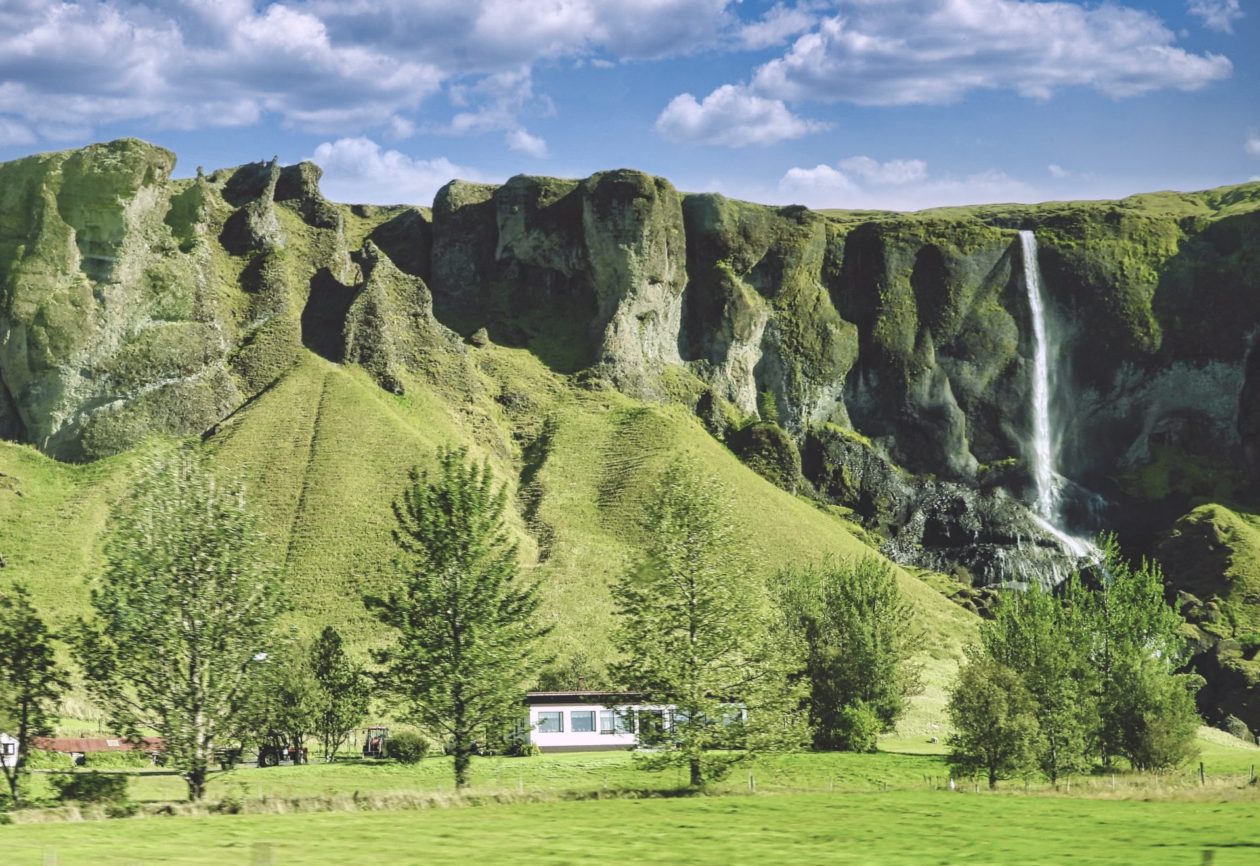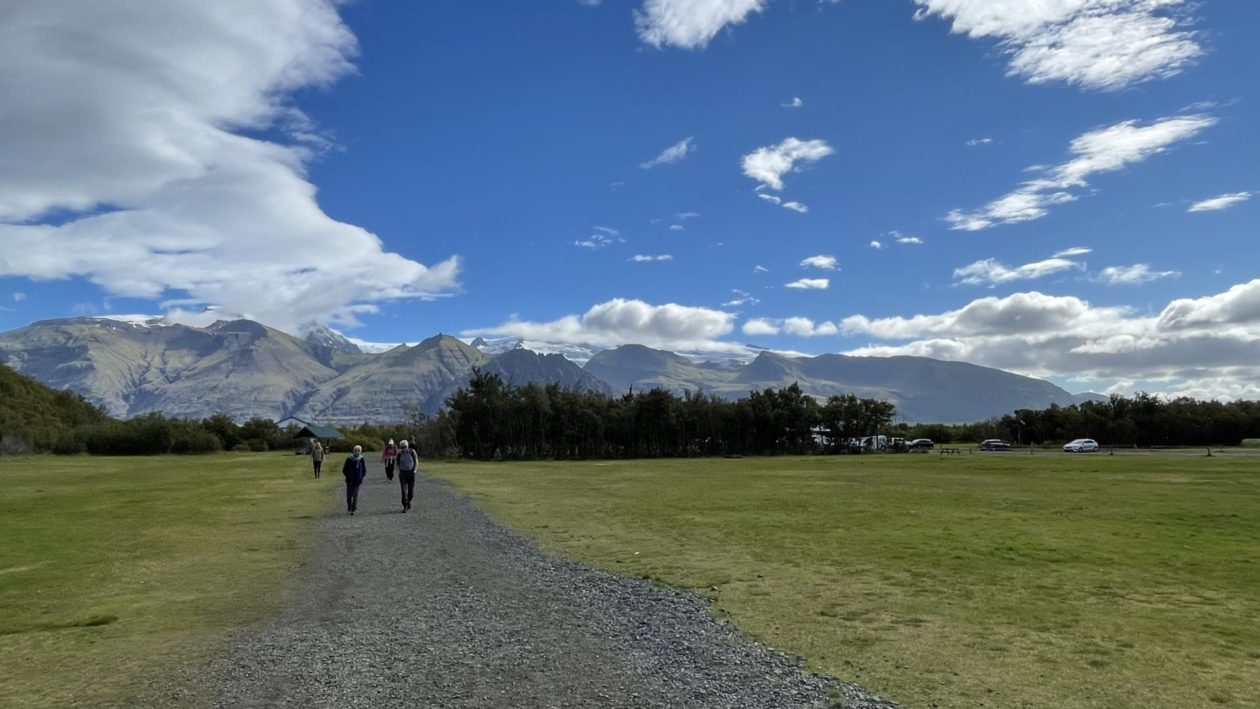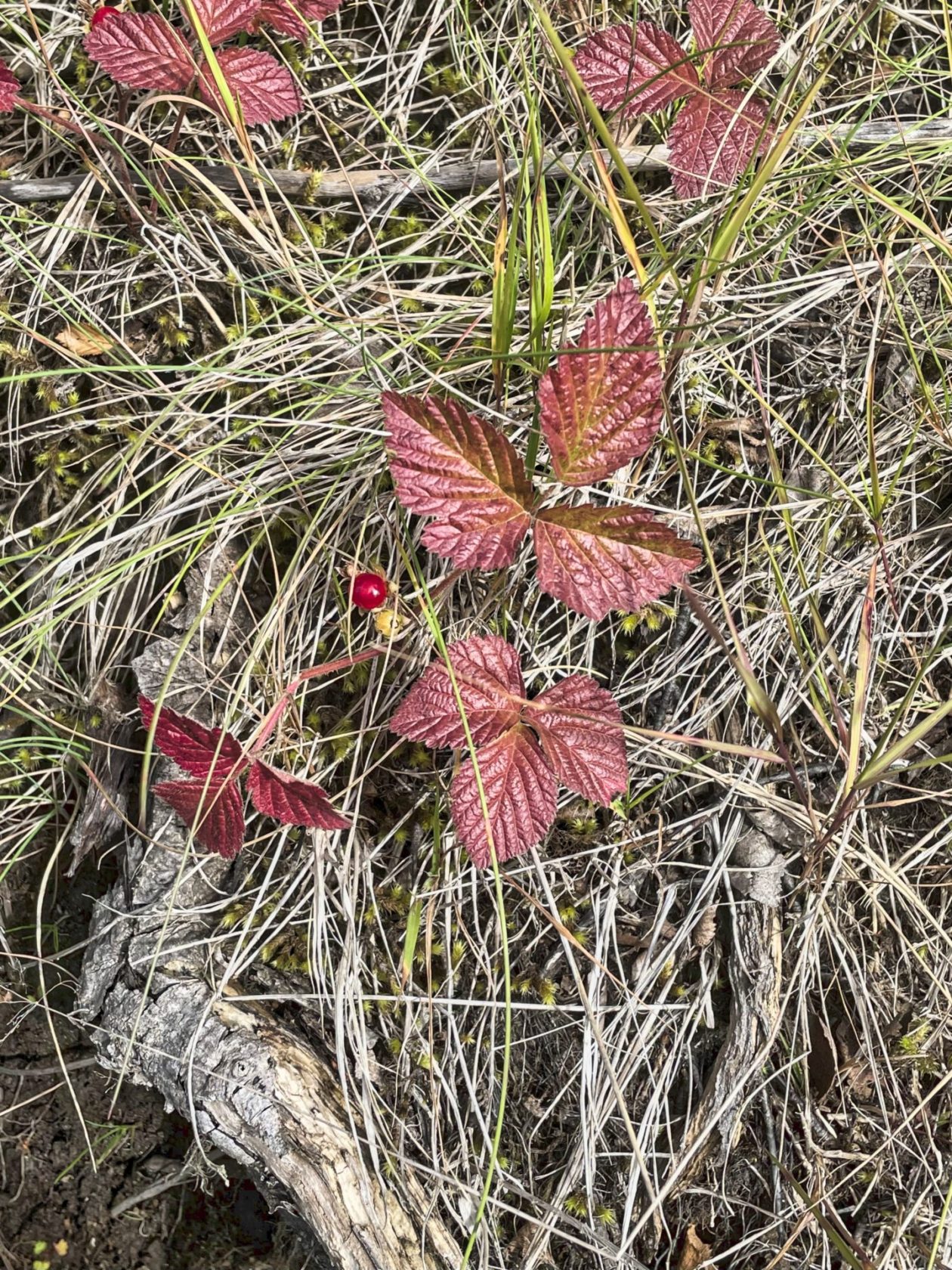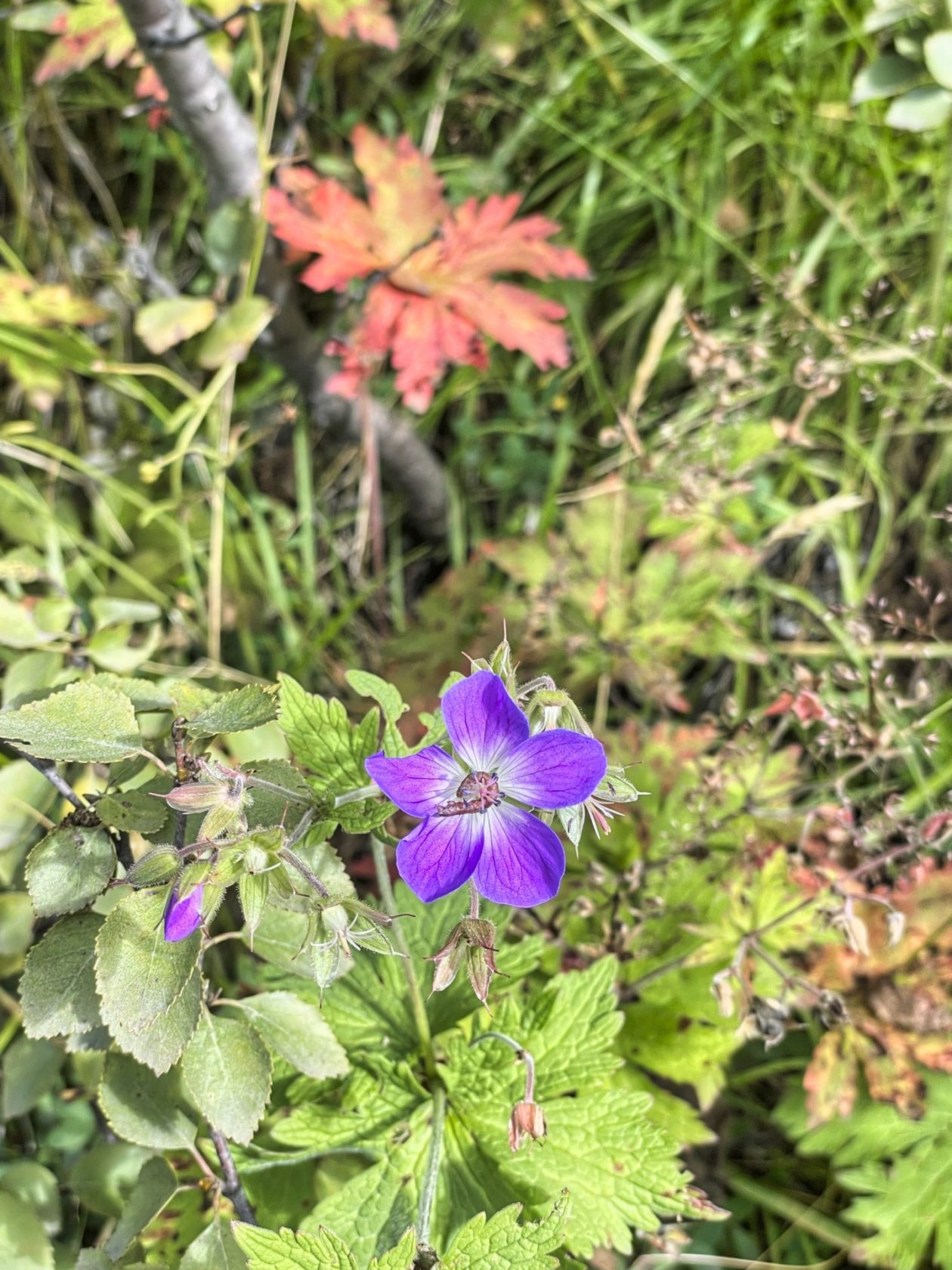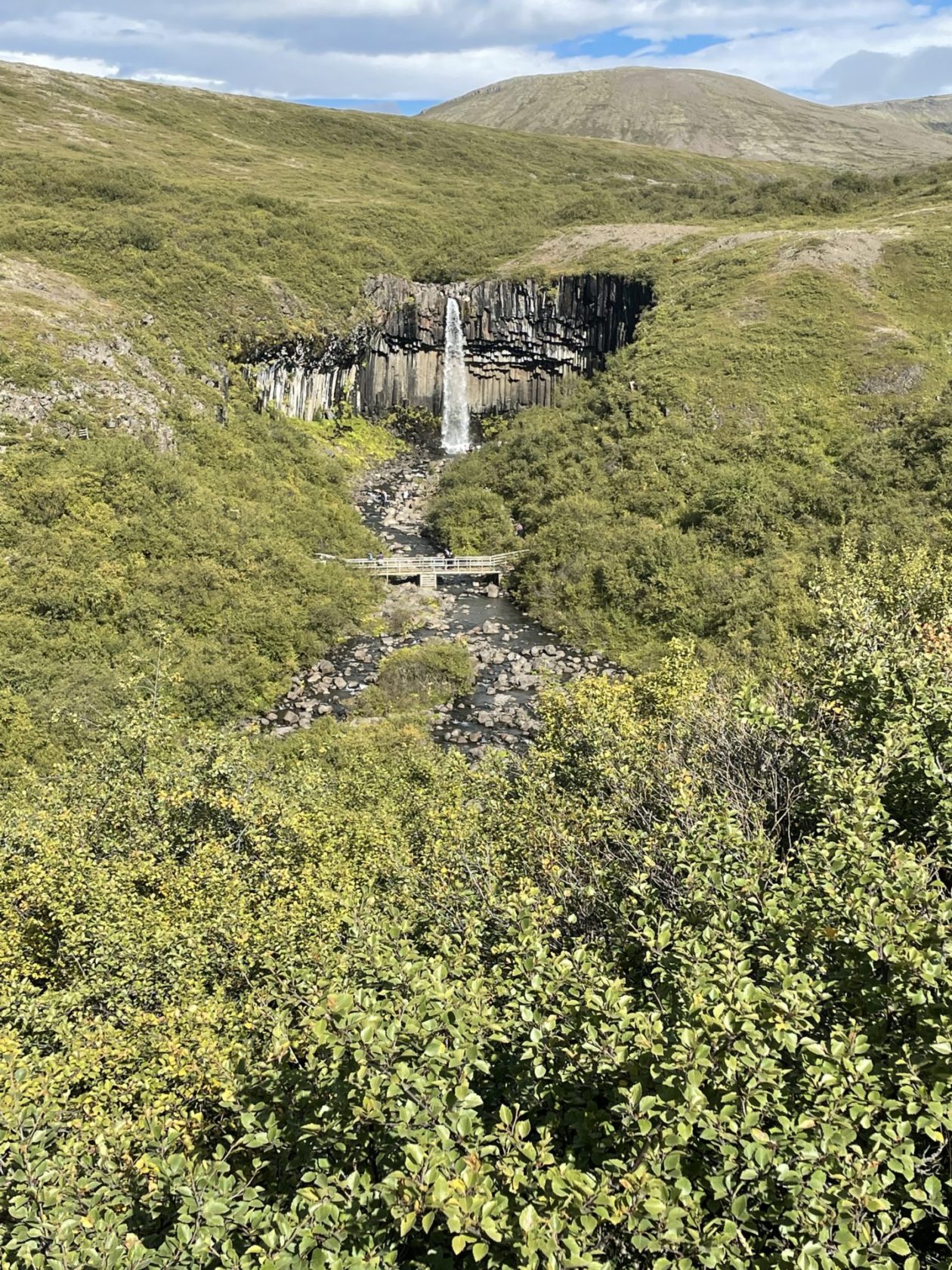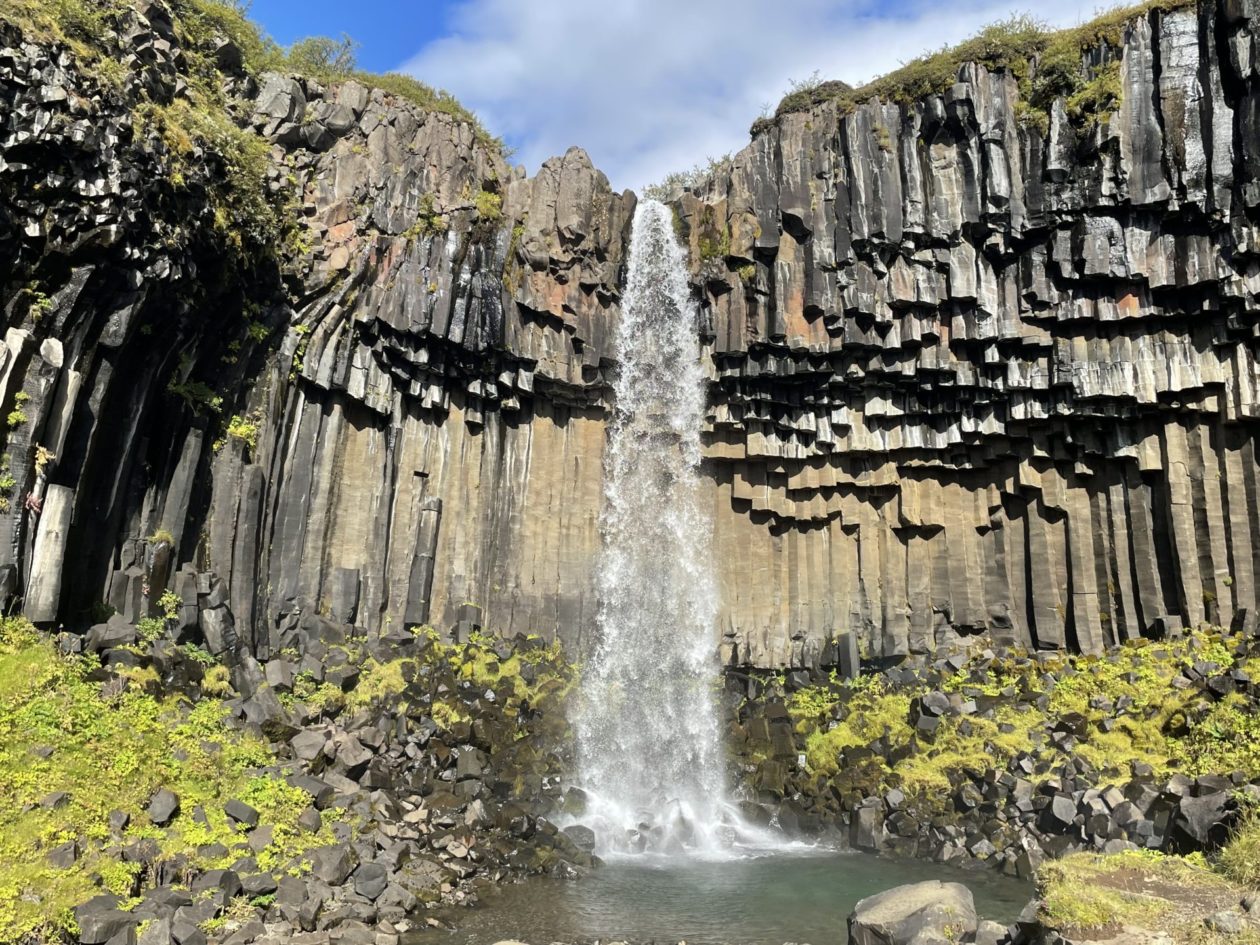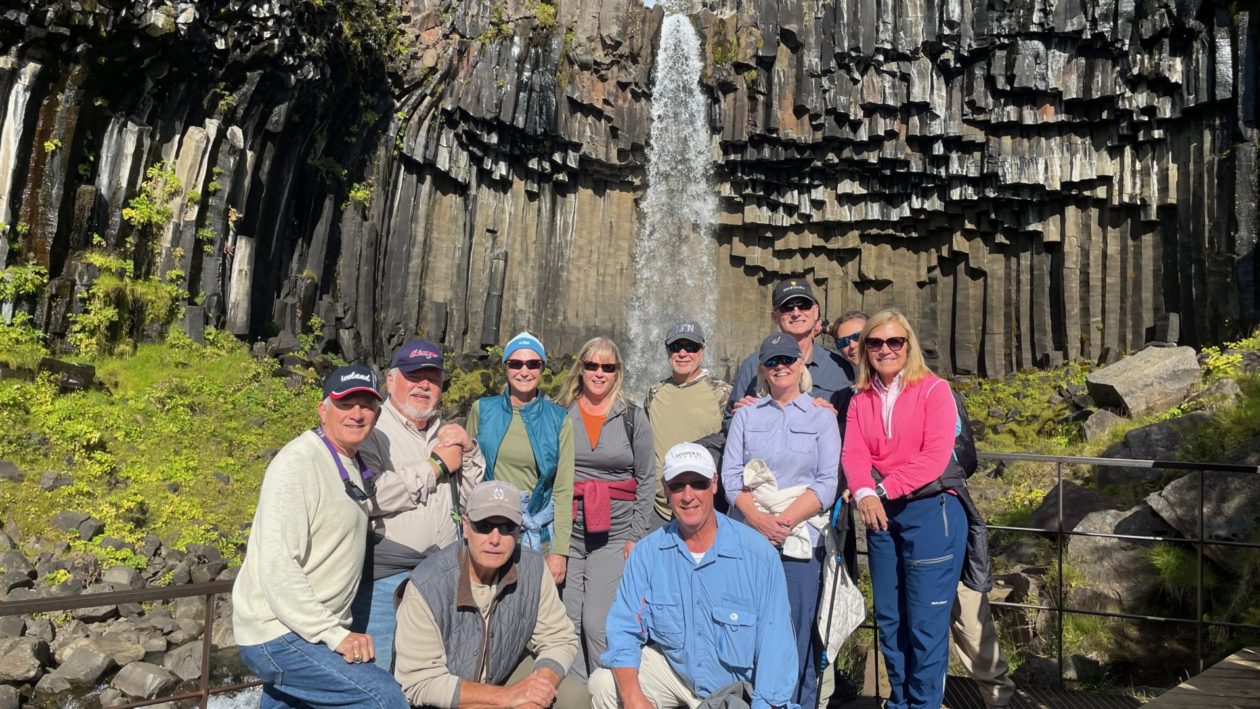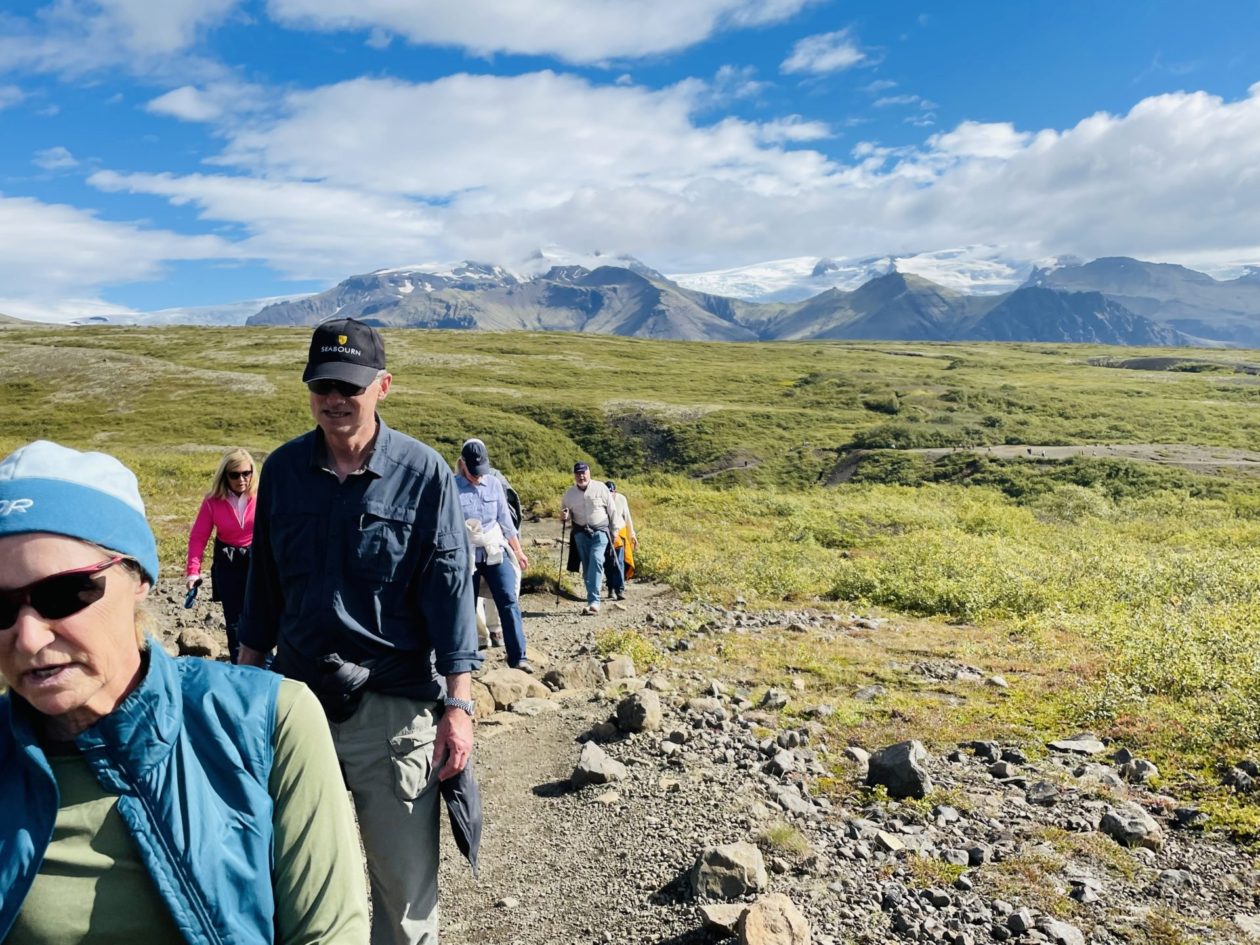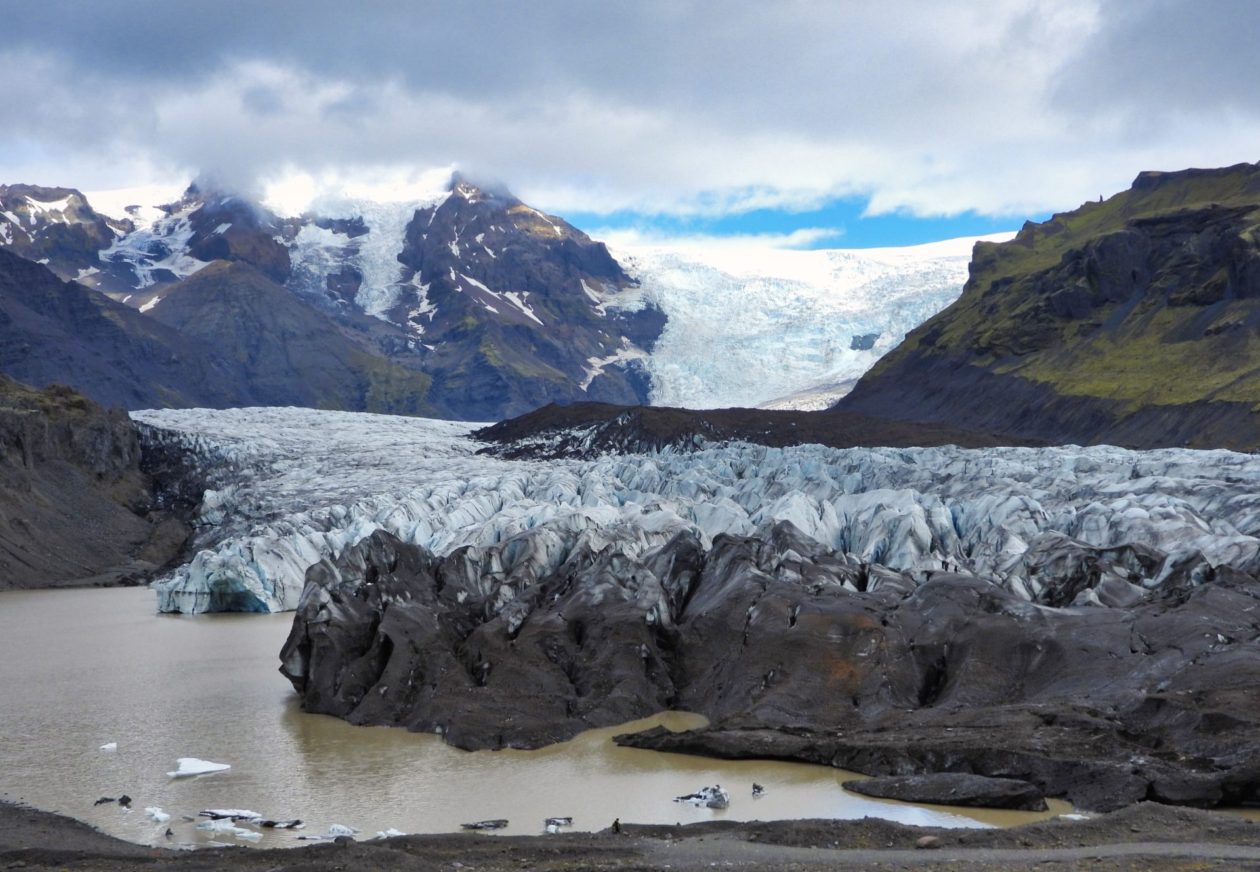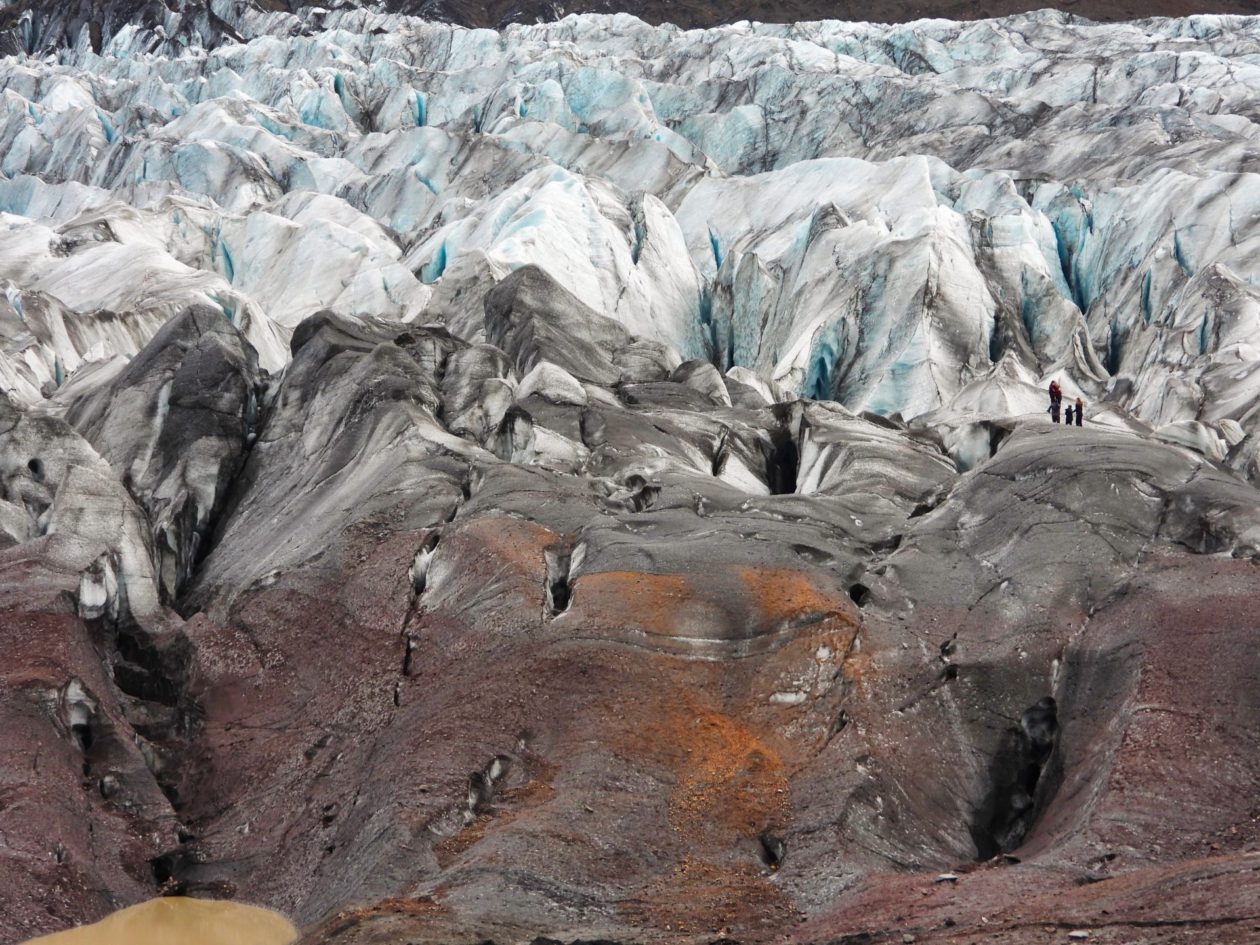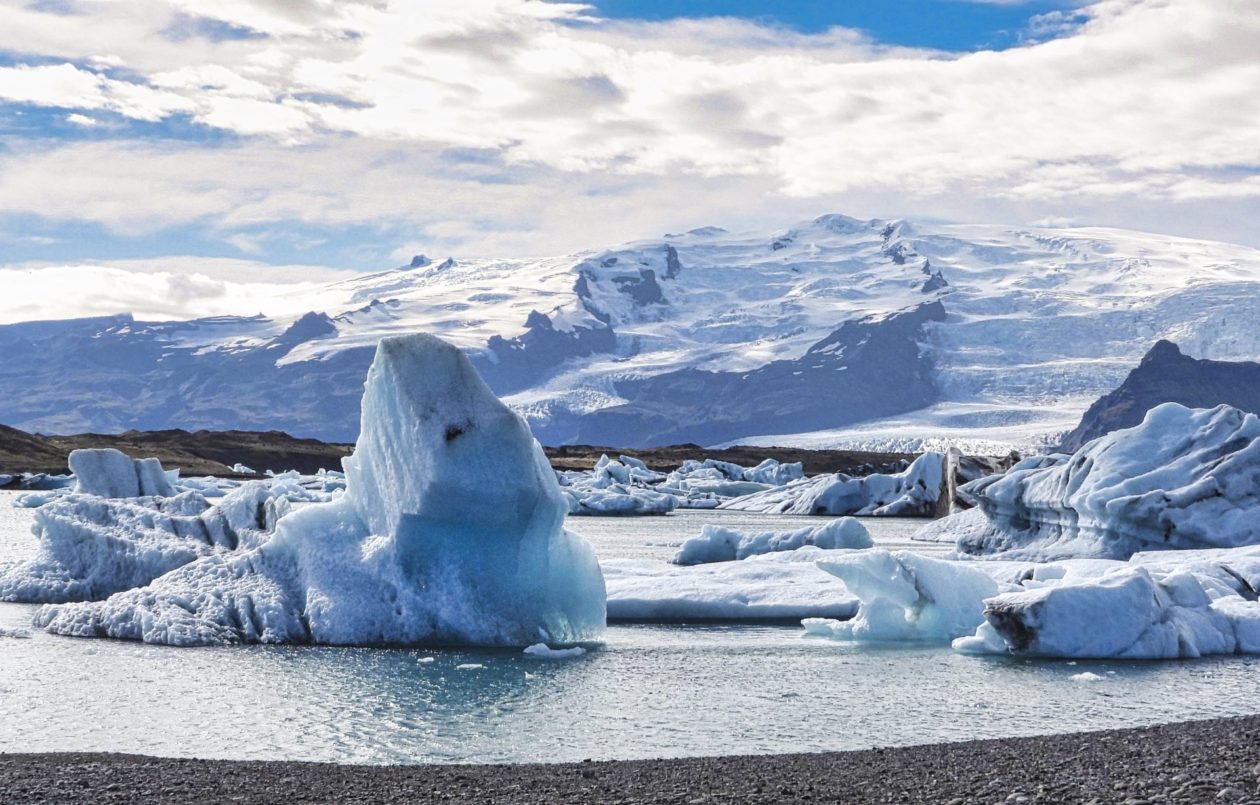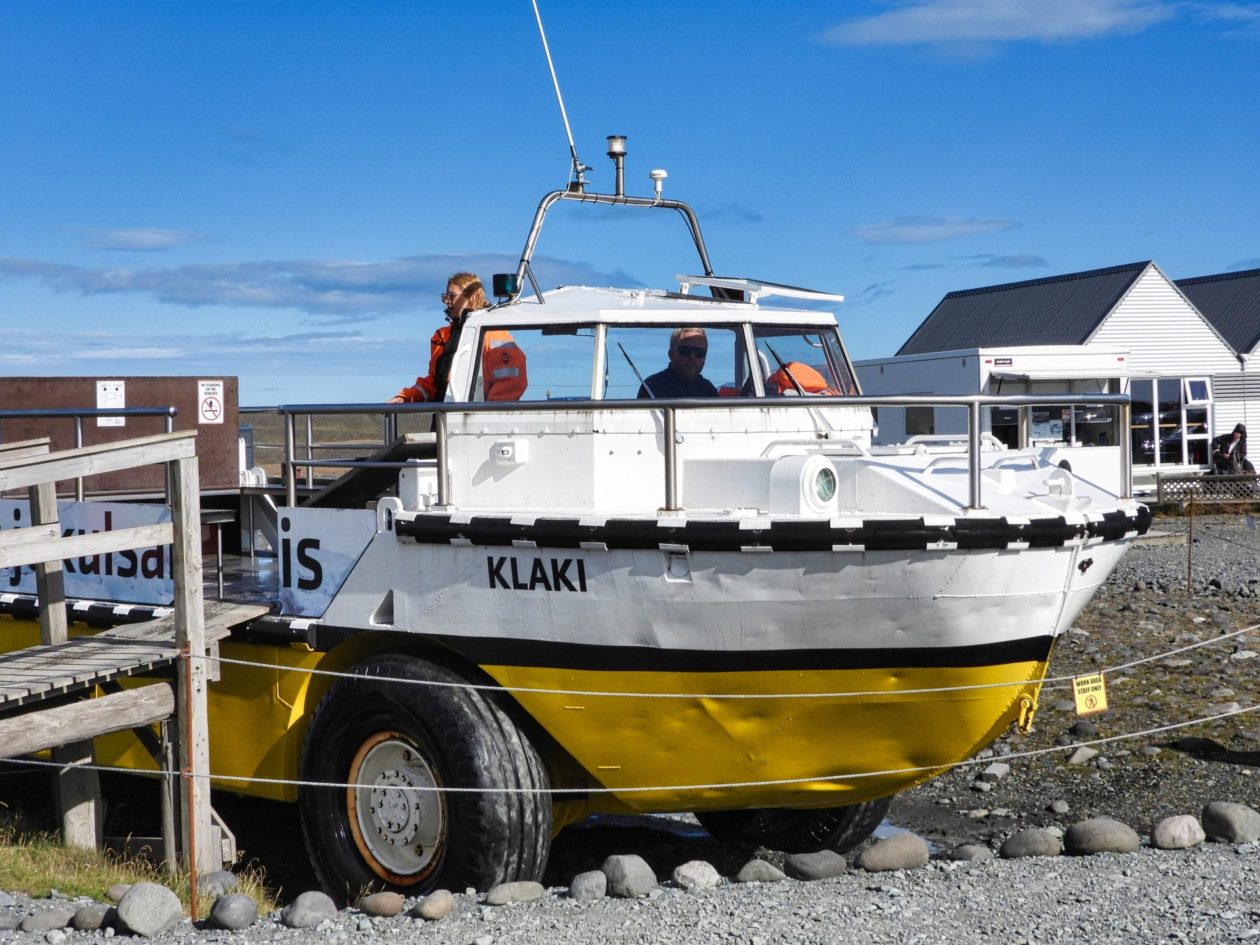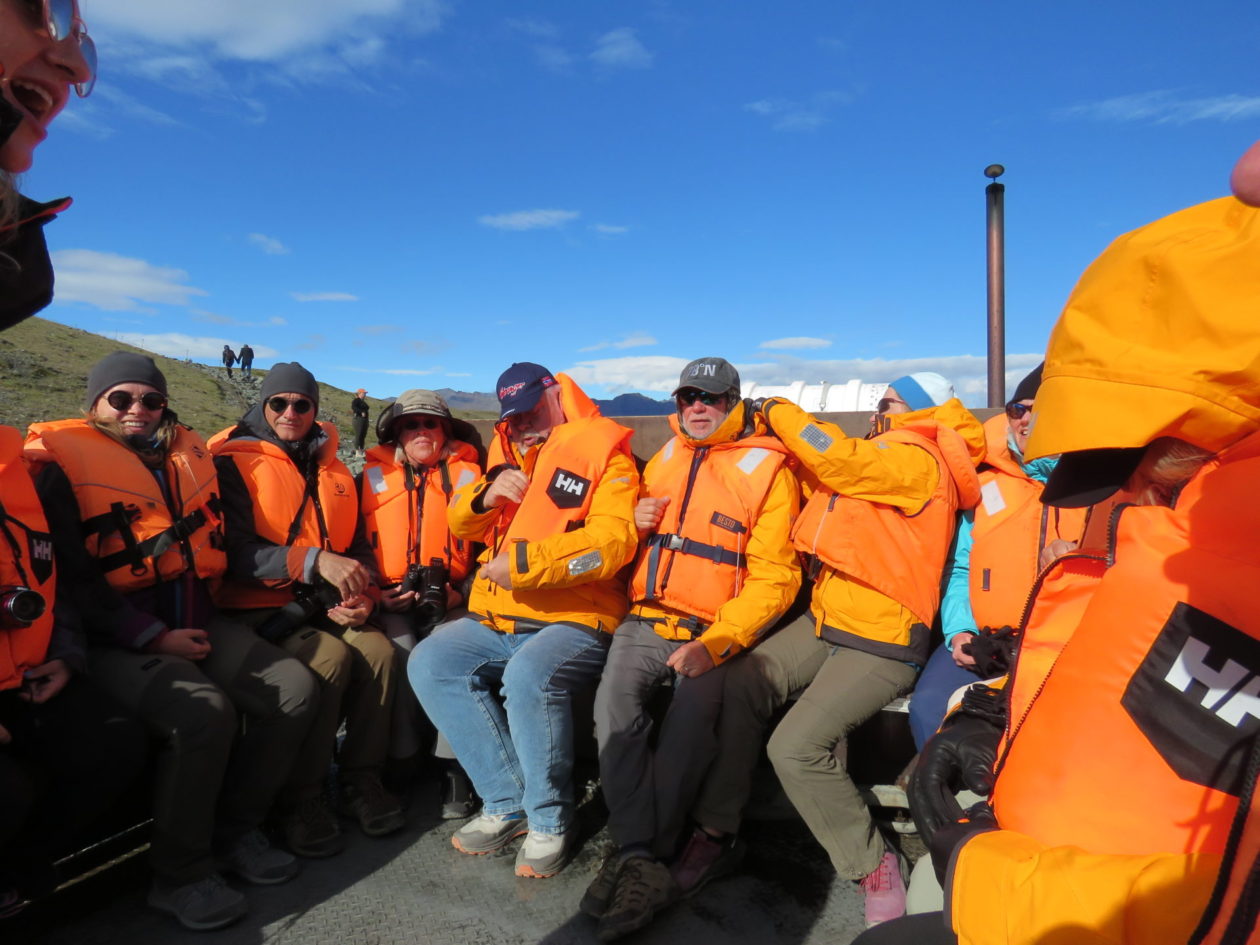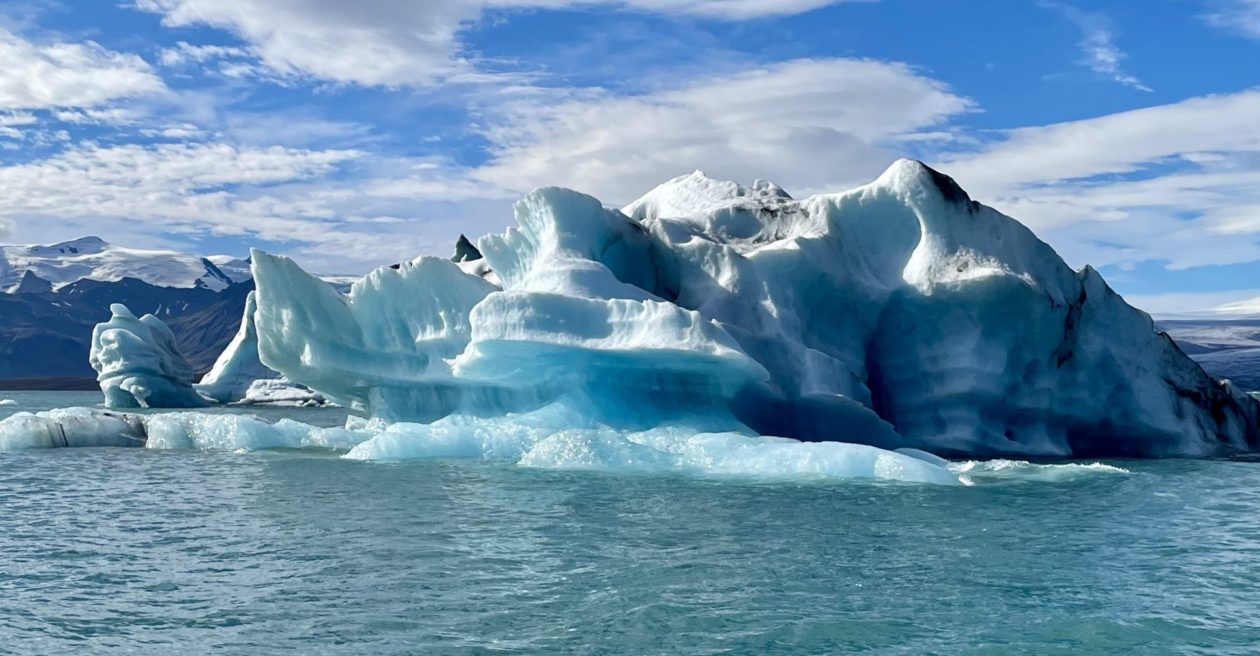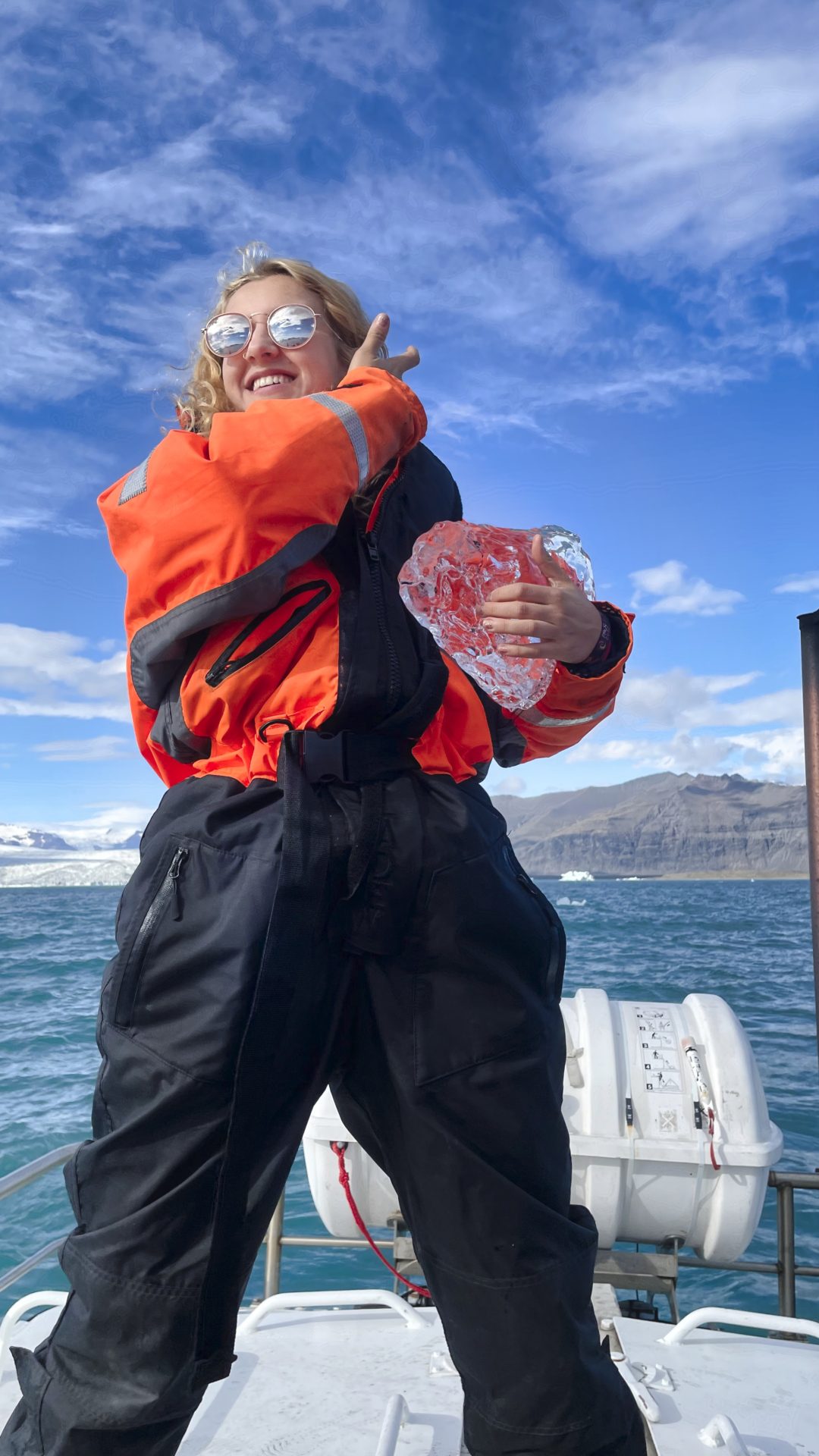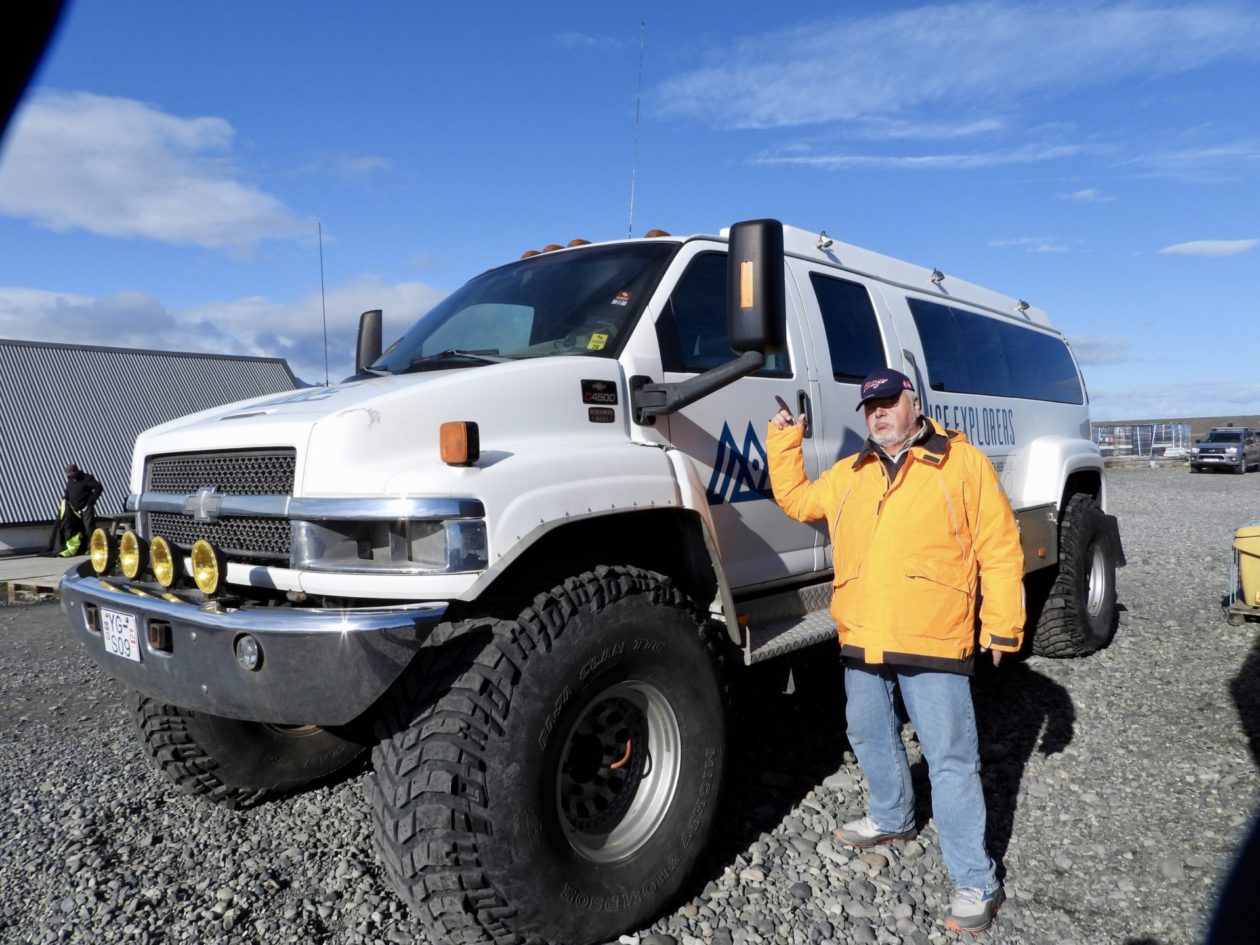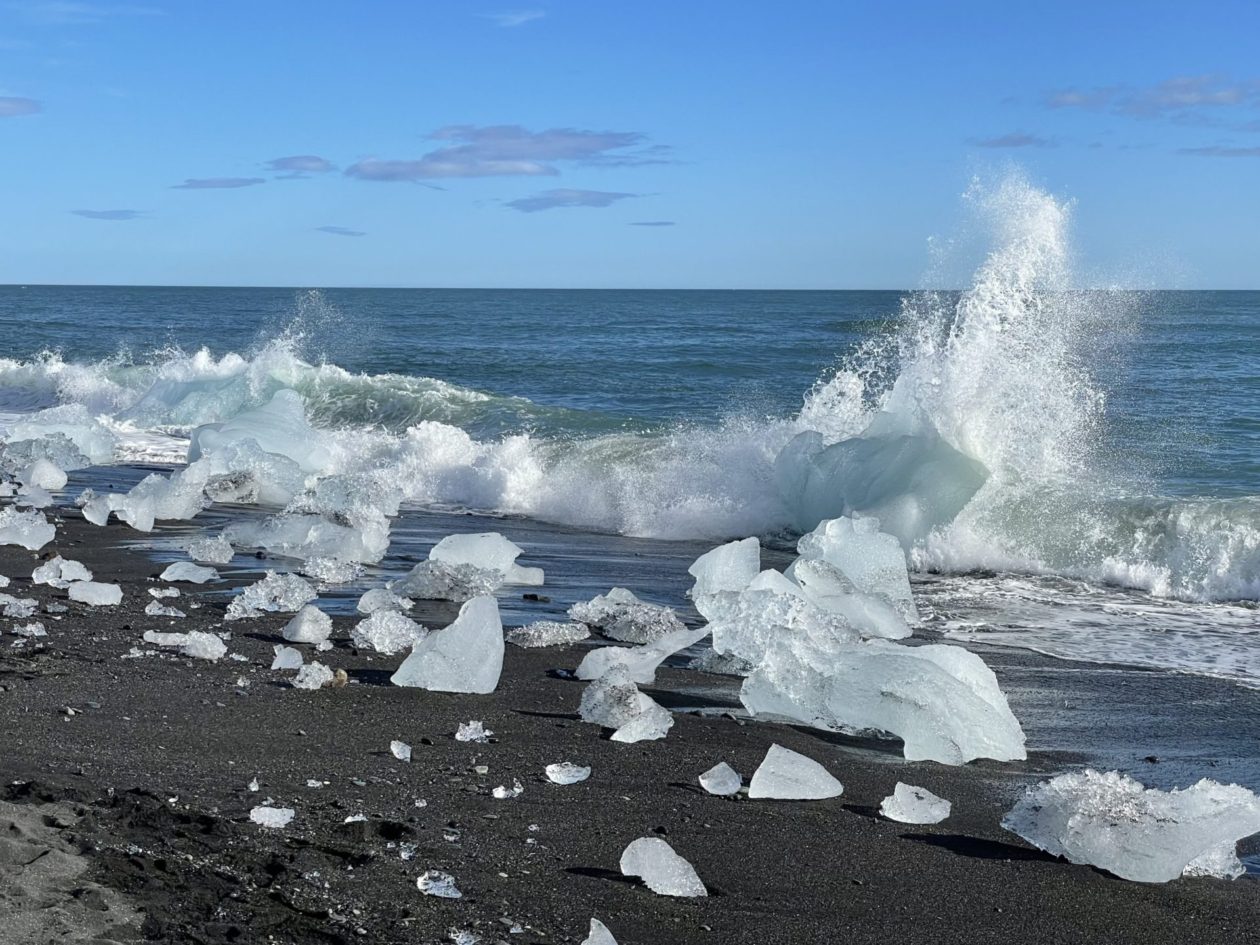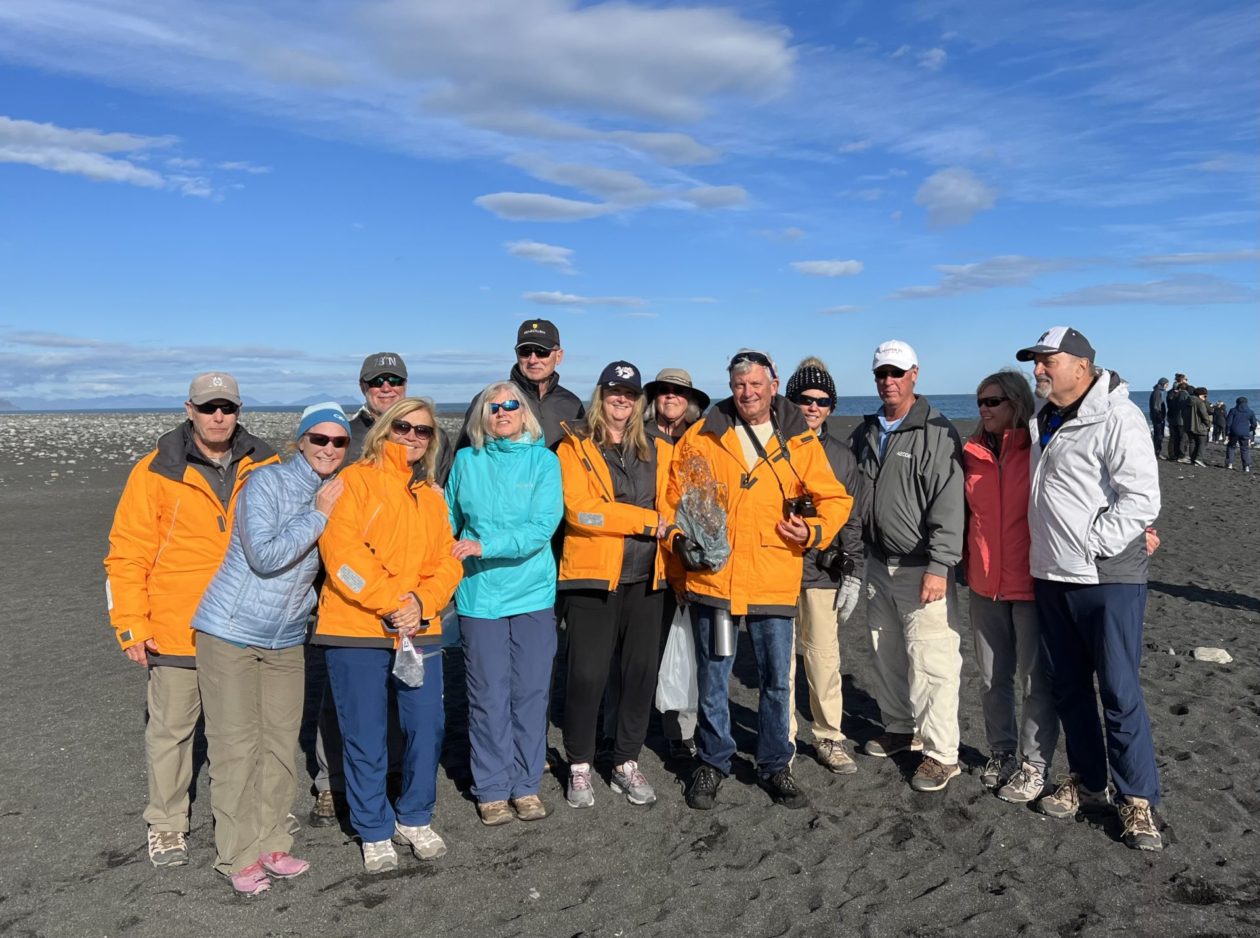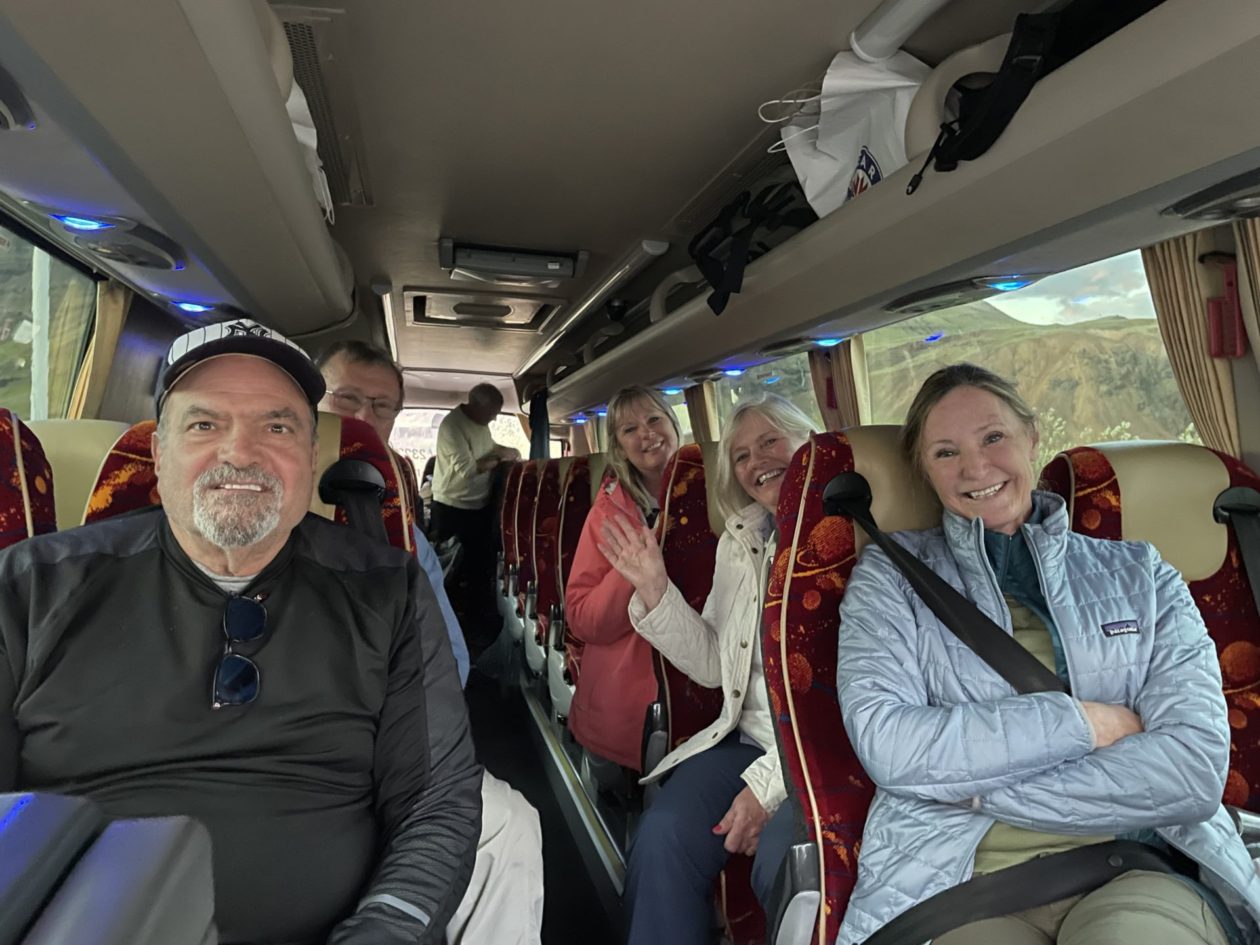- The Nordic Sojourn 2022 — start of trip
- Western Norway — Fjords, mountains, and a lot of rain!
- Longyearbyen, Svalbard, and start of the cruise
- Magdalenefjorden and Gravneset
- Texas Bar and…
- Arctic pack ice and polar bears — what a day!
- Ny London, Ny Alesund, and the massive glacier!
- Poolepynten and fin whales!
- Northeast Greenland National Park and Scoresby Sound
- Ittoqqortoormiit, Greenland
- Patreksfjordur, Iceland and the bird cliff
- Reykjavik and the start of our Icelandic sojourn
- The Golden Circle, Iceland
- Reykjanes Peninsula, Iceland
- Westman Islands, Iceland
- The South Coast and Waterfalls, Iceland
- Vatnajökull National Park — Svartifoss, Skaftafell and Glacier Lagoon Jokulsarlon, Iceland
- The East Fjords, Iceland
- Working our way north — canyons, wastelands, fumaroles, pseudo craters and lakes!
- The Diamond Circle
- Akureyri, a breakdown, and a detour
- VR Viking battle, Glaumbær, Icelandic horses, and back to Reykjavik
- Husafell
- Into the Volcano!
Today was a busy and a bit sad day. There was lots to see and do on this day, but it would also mark the last day of our 14-person group. After today, we would shrink to 4 and the guide. But today was all about Vatnajökull National Park. It is the largest protected area in Iceland (14% of Iceland’s total land mass) and contains the entire Vatnajökull glacier. This is where the phrase Fire and Ice really comes to life, with a diversity of features that come from the interaction of a major mantle plume and an equally major oceanic rift system. The park is on the UNESCO World Heritage List. It would take weeks to explore all of the accessible areas of the park and we only have one day, so focus was required, limiting our visit to three areas.
Our first visit was to Svartifoss (Black Falls), a 66 foot waterfall located in the Skaftafell part of the national park. These falls are part of the Stórilækur River that finds its water source from the Vatnajökull glacier. While it’s neither the tallest or most powerful waterfall in Iceland, it is highly visited because of the geological amphitheater of basalt columns that surround it. These columns were formed from the rapid cooling and contracting of basalt-based lava. This basalt columned amphitheater so impressed former Iceland State Architect Guðjón Samúelsson, that he built them into the design of Reykjavik’s Hallgrímskirkja Church. We hiked up to see this natural wonder, but this brings up an interesting comment about our guide — she had this incredible ability to underestimate distances, elevation gains, and times for our hikes. In this case she said that the trail was pretty flat and shouldn’t take long to get to. In fact, it was nearly a 4 mile hike with nearly 700 feet of elevation gain. I’m not complaining; it’s all about expectation setting… Anyway, while a few of our group dropped out along the way, the hike was fun and the waterfall beautiful.
Our next stop was to Skaftafell, a nature reserve within the Vatnajökull National Park. This reserve is known for its contrasting scenery between black sand, glaciers, and other geologic formations. It was just a short walk from the parking lot to get to an overlook that gave us an amazing view of the glacier and it’s surrounding areas. It was massive, but the size was only really noticeable when you saw some people walking on the glacier itself. And it turned out that the light and clouds were really interesting, making for great photo taking. While this wasn’t a long stop, it certainly was a memorable one.
Our last stop of the day was at the glacier lagoon Jokulsarlon, one of Iceland ́s top destinations. Here we could see the largest European glacier Vatnajökull in the background, where icebergs break off and float into the Atlantic Ocean. We took a Duck Boat tour here, wending our way through the many large and small lumps of ice that float in the crystal-clear azure waters. Due to the contact with the Atlantic salt water, we saw examples the famous “blue ice” that occurs when the surface snow and ice of a young iceberg melts, leaving the older, severely compressed ice below that can reflect light variably. Our guide was from Latvia which pointed to another thing we had been seeing in Iceland — many of the people involved in tourism were from other countries, both because there isn’t sufficient local workforce and the various language skills required to meet the needs of a global group of tourists. Afterwards, the group walked from the lagoon over to the ocean shore to a place called Diamond Beach, so named because of the small, crystal clear lumps of ice that are on (or float near) the black sand beach. Operating on a tip, a couple of our intrepid group retrieved some chunks of said ice because they heard that they last much longer than traditional ice cubes in cocktails. Our gin (or vodka) and tonics were definitely upgraded that night.
When we got back to the hotel, we learned that the bulk of our group would be departing that evening rather than the next morning which was somewhat of a surprise. Consequently, after dinner they started the trek back towards Reykjavik. The silver lining was that they got to see the Northern Lights at their hotel that night — a first on our trip!
This entry was posted in Iceland, Travel